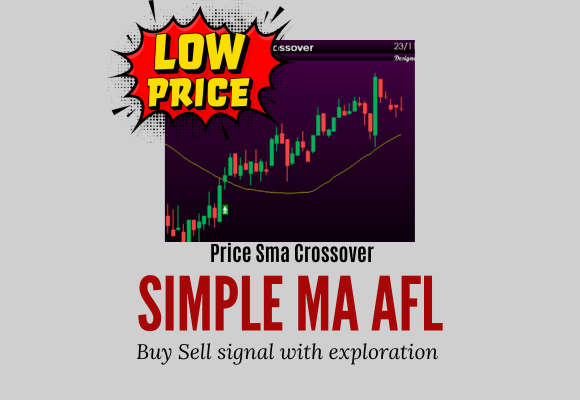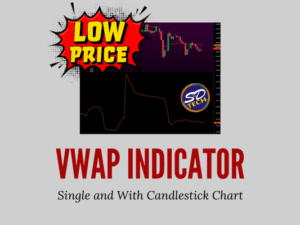Description
The Simple Moving Average (SMA) crossover trading strategy is a popular technique used in financial markets, especially in trading stocks, currencies (forex), and commodities. It involves the use of two or more moving averages to identify potential buy or sell signals.
Here’s how the Simple Moving Average crossover strategy typically works:
- Simple Moving Average (SMA): This is a technical analysis tool that calculates the average price of an asset over a specific period. For instance, a 50-day SMA calculates the average price of the asset over the past 50 days.
- Choosing Moving Average Periods: Traders usually select two SMAs with different periods, such as a shorter-term SMA and a longer-term SMA. Common combinations include the 50-day SMA and the 200-day SMA.
- Crossover Signals: The strategy relies on the crossover of these moving averages. When the shorter-term SMA crosses above the longer-term SMA, it’s considered a bullish signal or a buy signal. Conversely, when the shorter-term SMA crosses below the longer-term SMA, it’s considered a bearish signal or a sell signal.
- Confirmation: Some traders use additional technical indicators or tools to confirm the signals generated by the SMA crossover. This might include using oscillators like the Relative Strength Index (RSI) or the Moving Average Convergence Divergence (MACD) to validate the strength of the trend.
- Executing Trades: When a crossover occurs and is confirmed by other indicators, traders might enter positions accordingly. For instance, if the short-term SMA crosses above the long-term SMA and the RSI indicates an oversold condition, a trader might consider entering a long (buy) position. Conversely, if the short-term SMA crosses below the long-term SMA and the RSI indicates an overbought condition, a trader might consider entering a short (sell) position.
It’s important to note that no trading strategy guarantees profits, and losses are possible. Traders often use risk management techniques, stop-loss orders, and other tools to mitigate risks associated with trading.
This strategy is based on historical price data and may not always provide accurate signals in rapidly changing or volatile markets. Traders often backtest their strategies using historical data to evaluate their effectiveness before applying them in live trading situations.
Finally, market conditions, unexpected news events, and other factors can influence asset prices, potentially leading to false signals or unexpected movements that the strategy might not predict. Therefore, traders often combine SMA crossovers with other technical analysis tools and fundamental analysis to make informed trading decisions.









Reviews
There are no reviews yet.